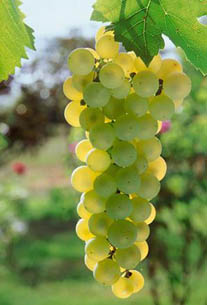Product Description
French Art Nouveau Bronze and frosted glass grape cluster and vine lamp c. 1900


FRENCH ART NOUVEAU
JULIEN CAUSSE attr. (1869-1914) Bourges, France
Bronze and frosted glass grape cluster and vine lamp c. 1900
L: 24″ x dia (grape cluster): 7″
Julien Causse was born in Bourges, France and worked from 1890 – 1914. He studied in Paris under Falguiére and exhibited at The Salon des Artists Francais in the 1890s, obtaining honourable mentions in 1882 and 1900 and a third class medal in 1893. He also took part in the exposition Universelle of 1900.
French Art Nouveau Bronze and frosted glass grape cluster and vine lamp c. 1900
EDUARD STELLMACHER (designer) Turn-Teplitz, Austria
RIESSNER, STELLMACHER & KESSEL Turn-Teplitz, Austria
AMPHORA ART POTTERY Turn-Teplitz, Austria
Ewer c. 1900
Glazed porcelain
Marks: RStK MADE IN AUSTRIA Turn-Teplitz Bohemia, AMPHORA (in oval), 16, 531
For more information see: Deutsche Kunst und Dekoration, ( March 1901) pp. 346-349; Sammlung Bröhan: Kunsthandwerk, Glas, Holz, Keramik, Vol. 1 Band II (Berlin: Bröhan Museum, 1976), pp. 284-293.
H: 9″ x W: 7 1/2″ x D: 7″
CHRISTOPHER DRESSER (1834-1904) UK
BENHAM & FROUD London, England
Coffee pot 1888
Copper, brass, wood handle and finial
***One of only two known models of this Dresser / Benham & Froud coffee pot.
Marks: maker’s cipher, Reg. no. 114566 for 1888
Only other model known illustrated: Christopher Dresser, by Widar Halén (Oxford: Phaidon, 1990), illus. 192, p. 170 (variant model); Truth, Beauty, Power: Dr. Christopher Dresser 1834-1904, exhib. cat. Historical Design, Inc. (New York, 1998) p. 66.
H: 9″ x D: 7 3/8″
